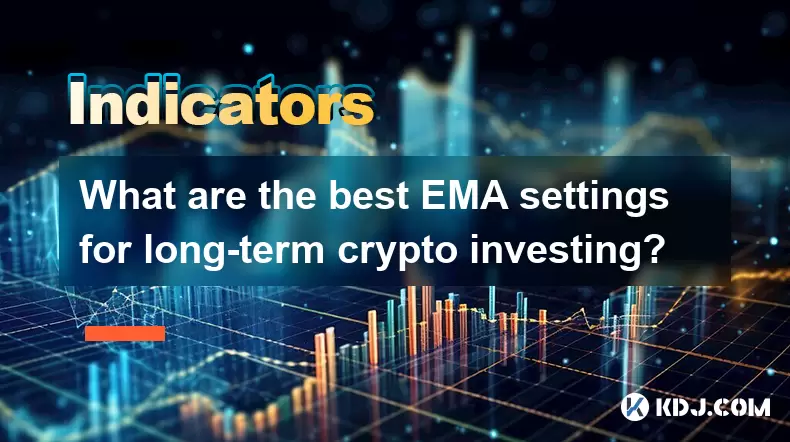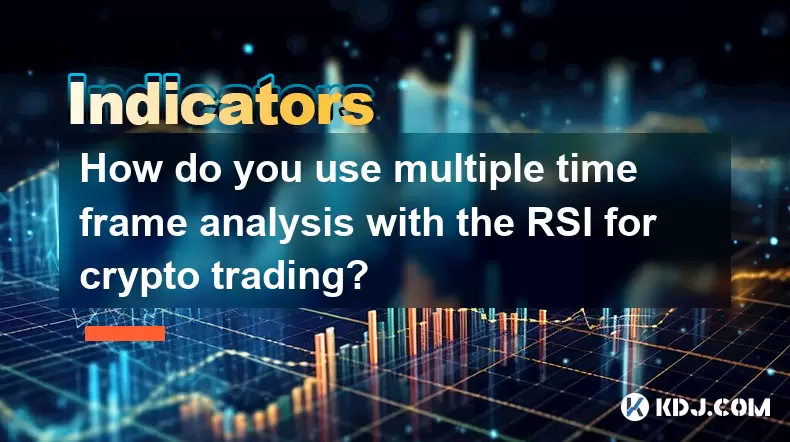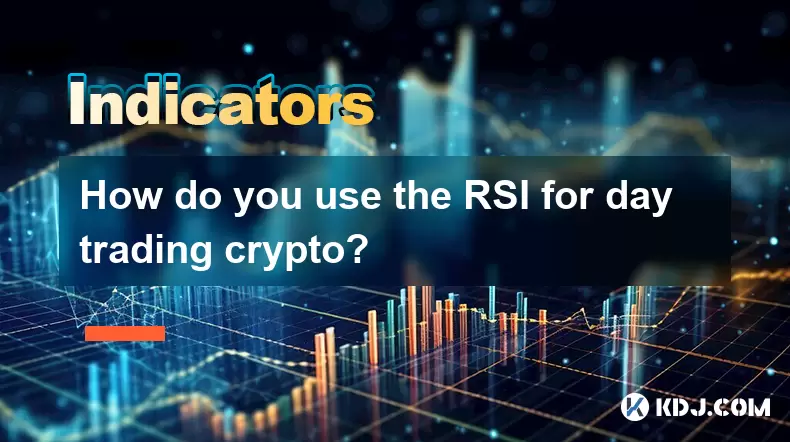-
 Bitcoin
Bitcoin $118400
0.47% -
 Ethereum
Ethereum $3836
2.20% -
 XRP
XRP $3.157
2.98% -
 Tether USDt
Tether USDt $0.9999
-0.03% -
 BNB
BNB $801.5
1.31% -
 Solana
Solana $180.9
2.07% -
 USDC
USDC $0.9999
-0.02% -
 Dogecoin
Dogecoin $0.2225
2.50% -
 TRON
TRON $0.3285
-1.02% -
 Cardano
Cardano $0.7789
2.60% -
 Hyperliquid
Hyperliquid $43.60
2.39% -
 Sui
Sui $3.892
4.41% -
 Stellar
Stellar $0.4229
3.34% -
 Chainlink
Chainlink $18.01
3.98% -
 Hedera
Hedera $0.2745
6.77% -
 Bitcoin Cash
Bitcoin Cash $582.3
3.38% -
 Avalanche
Avalanche $23.77
1.04% -
 Ethena USDe
Ethena USDe $1.001
0.01% -
 Toncoin
Toncoin $3.493
3.59% -
 Litecoin
Litecoin $110.0
2.48% -
 UNUS SED LEO
UNUS SED LEO $8.936
-0.37% -
 Shiba Inu
Shiba Inu $0.00001304
2.49% -
 Uniswap
Uniswap $9.999
1.09% -
 Polkadot
Polkadot $3.897
3.26% -
 Monero
Monero $308.6
-0.83% -
 Dai
Dai $0.9999
-0.01% -
 Bitget Token
Bitget Token $4.504
-0.04% -
 Pepe
Pepe $0.00001154
2.95% -
 Cronos
Cronos $0.1471
3.06% -
 Ethena
Ethena $0.6691
19.53%
What are the best EMA settings for long-term crypto investing?
The 200-day EMA is a key long-term trend indicator in crypto, with prices above it signaling bullish momentum and below indicating bearish trends.
Jul 30, 2025 at 04:50 pm

Understanding EMA in the Context of Long-Term Crypto Investing
The Exponential Moving Average (EMA) is a widely used technical indicator in the cryptocurrency market that gives more weight to recent price data, making it more responsive to new information compared to the Simple Moving Average (SMA). For long-term crypto investors, EMA helps identify the overall trend direction and potential reversal points. Unlike short-term traders who rely on rapid signals, long-term investors use EMA settings that filter out market noise and capture sustained price movements. The key is selecting EMA periods that align with extended timeframes, typically daily or weekly charts, to avoid overreacting to short-term volatility. The most commonly referenced EMAs in long-term strategies are the 50-day EMA, 100-day EMA, and 200-day EMA.
Why the 200-Day EMA Is a Cornerstone for Long-Term Investors
The 200-day EMA is considered one of the most reliable indicators for determining the long-term trend in crypto assets. When the price of a cryptocurrency like Bitcoin or Ethereum trades above its 200-day EMA, it is generally interpreted as a bullish signal. Conversely, trading below this EMA may suggest a bearish trend. Institutional investors and macro traders often monitor this level as a key support or resistance zone. The reason for its effectiveness lies in its ability to smooth out price action over nearly seven months of trading data, making it less sensitive to sudden price swings. Many long-term investors use a buy signal when the price crosses above the 200-day EMA with strong volume and hold positions as long as the price remains above it.
Combining the 50-Day and 200-Day EMA: The Golden and Death Cross
A powerful long-term strategy involves monitoring the interaction between the 50-day EMA and the 200-day EMA. This combination is known as the "Golden Cross" and "Death Cross" setup. When the 50-day EMA crosses above the 200-day EMA, it forms a Golden Cross, which is widely regarded as a bullish long-term signal. This pattern often precedes extended bull runs, as seen in Bitcoin’s price action in 2016 and 2020. On the flip side, when the 50-day EMA crosses below the 200-day EMA, it forms a Death Cross, indicating a potential bear market. Long-term investors may use the Golden Cross as a buy signal and the Death Cross as a warning to reassess holdings or shift to safer assets.
To set this up on a charting platform like TradingView:
- Open a daily or weekly chart of your chosen cryptocurrency.
- Apply the EMA indicator from the studies menu.
- Set the first EMA length to 50 and assign it a distinct color (e.g., blue).
- Add a second EMA with a length of 200 and choose a different color (e.g., red).
- Observe the crossovers between the two lines over time.
This dual-EMA strategy helps confirm trend strength and reduces false signals that may occur when using a single EMA.
Using the 100-Day EMA as a Mid-to-Long-Term Trend Filter
While the 200-day EMA defines the overarching trend, the 100-day EMA serves as a valuable intermediate filter. It is particularly useful for identifying pullbacks within a long-term uptrend. For instance, if Bitcoin is in a bull market (trading above the 200-day EMA), a retest of the 100-day EMA can present a strategic entry point for investors who missed the initial breakout. The 100-day EMA often acts as dynamic support during healthy corrections. When the price bounces off this level with strong bullish candles, it reinforces the strength of the prevailing trend.
To use the 100-day EMA effectively:
- Confirm the price is above the 200-day EMA to ensure the long-term trend is bullish.
- Watch for price retracements toward the 100-day EMA.
- Look for bullish reversal patterns such as hammer candles or bullish engulfing patterns near the 100-day EMA.
- Use volume analysis to confirm buying pressure during the bounce.
This method allows investors to add to positions during temporary dips without mistaking them for trend reversals.
Adjusting EMA Settings for Altcoins and Volatile Markets
While Bitcoin and Ethereum respond well to standard EMA settings, many altcoins exhibit higher volatility, requiring slight adjustments. For long-term investing in altcoins, some investors prefer using a 120-day EMA instead of the 100-day to reduce whipsaws. Others combine the 200-day EMA with a 75-day EMA to capture earlier trend shifts without sacrificing reliability. The key is backtesting these settings on historical data.
To backtest EMA strategies:
- Choose a historical chart of the altcoin (e.g., from 2018 to 2023).
- Apply the desired EMA combinations (e.g., 75 and 200).
- Mark past crossovers and assess whether they led to sustained trends.
- Adjust the periods incrementally and compare results.
- Use tools like TradingView’s replay mode to simulate real-time decision-making.
This process ensures the chosen EMAs are suited to the asset’s volatility profile.
Practical Tips for Implementing EMA in Long-Term Crypto Portfolios
Integrating EMA into a long-term investment plan requires discipline and consistency. One effective method is to set up alerts for key EMA crossovers. Most charting platforms allow custom alerts:
- Navigate to the alert section in TradingView or your preferred platform.
- Create a condition: “When 50 EMA crosses above 200 EMA.”
- Set notification preferences (email, push, etc.).
- Repeat for the inverse crossover.
Additionally, always combine EMA analysis with broader market context. For example, a Golden Cross occurring during a macroeconomic downturn may carry less weight than one during a risk-on environment. On-chain metrics, exchange flows, and macro indicators should complement technical signals.
Frequently Asked Questions
Can I use weekly charts instead of daily charts for EMA analysis?
Yes. Weekly charts provide a broader perspective and are ideal for long-term investors. A 200-week EMA is equivalent to roughly four years of data and can identify generational trends. The signals are less frequent but often more reliable due to reduced noise.
Is the EMA effective during sideways or ranging markets?
During consolidation phases, EMAs may produce false signals due to price oscillating around the moving average. In such cases, combining EMA with horizontal support/resistance levels or oscillators like the Relative Strength Index (RSI) improves accuracy.
Should I use EMA on all cryptocurrencies equally?
No. Highly speculative or low-liquidity altcoins may not follow EMA patterns reliably. Focus EMA strategies on established assets like Bitcoin, Ethereum, and large-cap altcoins with consistent trading volume.
What time frame should I use to check EMA signals regularly?
Long-term investors should review EMA signals on a weekly basis. Daily monitoring can lead to emotional decisions. A weekly check aligns with the pace of long-term trend development.
Disclaimer:info@kdj.com
The information provided is not trading advice. kdj.com does not assume any responsibility for any investments made based on the information provided in this article. Cryptocurrencies are highly volatile and it is highly recommended that you invest with caution after thorough research!
If you believe that the content used on this website infringes your copyright, please contact us immediately (info@kdj.com) and we will delete it promptly.
- SEC, Crypto, and Securities: Navigating the New Frontier
- 2025-08-01 05:10:12
- Cardano (ADA) Market Cap: Can It Compete with Emerging Cryptocurrencies and Meme Coins?
- 2025-08-01 04:30:12
- SEC, Crypto, and On-Chain: Navigating the Regulatory Maze
- 2025-08-01 02:31:40
- Jito Labs, Solana, and Liquid Staking: Riding the Wave of Innovation
- 2025-08-01 03:50:12
- Perpetual DEX: Navigating Onchain Trading and Solving Core Problems, a NY Perspective
- 2025-08-01 03:57:53
- Bitcoin Bullish Market: How Long Positions are Boosting the Crypto King
- 2025-08-01 02:35:33
Related knowledge

How do you use multiple time frame analysis with the RSI for crypto trading?
Aug 01,2025 at 05:19am
Understanding the Role of RSI in Crypto TradingThe Relative Strength Index (RSI) is a momentum oscillator that measures the speed and change of price ...

How can you use the RSI to determine exit points in crypto trades?
Aug 01,2025 at 04:29am
Understanding the Role of RSI in Crypto TradingThe Relative Strength Index (RSI) is a momentum oscillator widely used in the cryptocurrency market to ...

How do you use the RSI for day trading crypto?
Aug 01,2025 at 05:26am
Understanding the RSI in Cryptocurrency TradingThe Relative Strength Index (RSI) is a momentum oscillator that measures the speed and change of price ...

What does it signify when the MACD crosses below the zero line?
Aug 01,2025 at 01:43am
Understanding the MACD IndicatorThe Moving Average Convergence Divergence (MACD) is one of the most widely used technical analysis tools in the crypto...

How does the MACD histogram show momentum?
Aug 01,2025 at 01:16am
Understanding the MACD Histogram and Its Role in Cryptocurrency TradingThe MACD histogram is a visual representation of the difference between the MAC...

What is a MACD crossover?
Jul 31,2025 at 11:52pm
Understanding the Role of Private Keys in Cryptocurrency SecurityIn the world of cryptocurrency, private keys are the cornerstone of ownership and con...

How do you use multiple time frame analysis with the RSI for crypto trading?
Aug 01,2025 at 05:19am
Understanding the Role of RSI in Crypto TradingThe Relative Strength Index (RSI) is a momentum oscillator that measures the speed and change of price ...

How can you use the RSI to determine exit points in crypto trades?
Aug 01,2025 at 04:29am
Understanding the Role of RSI in Crypto TradingThe Relative Strength Index (RSI) is a momentum oscillator widely used in the cryptocurrency market to ...

How do you use the RSI for day trading crypto?
Aug 01,2025 at 05:26am
Understanding the RSI in Cryptocurrency TradingThe Relative Strength Index (RSI) is a momentum oscillator that measures the speed and change of price ...

What does it signify when the MACD crosses below the zero line?
Aug 01,2025 at 01:43am
Understanding the MACD IndicatorThe Moving Average Convergence Divergence (MACD) is one of the most widely used technical analysis tools in the crypto...

How does the MACD histogram show momentum?
Aug 01,2025 at 01:16am
Understanding the MACD Histogram and Its Role in Cryptocurrency TradingThe MACD histogram is a visual representation of the difference between the MAC...

What is a MACD crossover?
Jul 31,2025 at 11:52pm
Understanding the Role of Private Keys in Cryptocurrency SecurityIn the world of cryptocurrency, private keys are the cornerstone of ownership and con...
See all articles

























































































